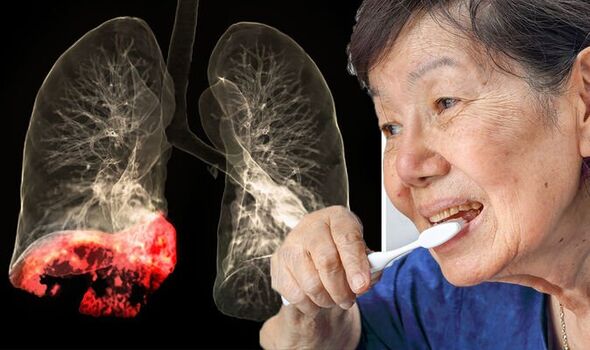As a practicing periodontist of nearly 35 years, it is my privilege and responsibility to continue to educate my patients as well as provide them with state of the art surgical and implant care. The following article may surprise you, but I hope it compels you to appreciate the link that periodontal disease may have to a variety illnesses that affect all of us. However, please be mindful that this article doesn’t suggest a direct link between periodontal disease and lung cancer. It does, however, suggest that there may be, emphasis on MAY BE, a statistically significant risk factor between the two. That is an important distinction to make. After reading the article, I am sure you will have a greater appreciation for the wide ranging problems that oral disease can have on the rest of the body.
A study conducted by Zeng et al., in 2016 analyzed the association of periodontal disease (PD) and risk of developing lung cancer. Their research work revealed that individuals with PD were associated with a 1.24-fold increased risk of developing lung cancer. A new study published in Contemporary Clinical Dentistry journal (2022) investigates the association between periodontitis and increased risk of lung cancer even further. Specifically, a meta-analysis and pooled results concluded that individuals with periodontal disease are associated with a 1.71-fold increased risk for developing lung cancer.
According to the American Cancer Society, the risk of developing lung cancer in men is 1 in 15, whereas in women it is 1 in 17. While tobacco is the number one risk factor for lung cancer, 53% of lung cancer cases in women worldwide are not caused by smoking. In this case, other factors might increase or modify the risk for lung cancer.
The Association Between Lung Cancer & Periodontal Disease
So what is the association between lung cancer and periodontal disease? The chronic inflammation caused by the bacteria associated with periodontal disease is a risk factor in 25% of cancer. Bacteria, in turn, produce inflammatory mediators and have detrimental effects on some types of connective tissue cells (fibroblasts), epithelial and endothelial tissues — protective cells that cover the inner surface of internal organs, the outer surface of human body, and the inner surface of the blood vessel — by activating inflammatory reactions.
How Does Periodontal Bacteria Get into the Lung?
First, periodontal bacteria can disseminate into the lower respiratory system as a consequence of saliva aspiration. Second, poor oral hygiene leads to an increased risk of infection. Finally, inflammatory mediators alter respiratory protective cells which, in turn, enhance bacteria adhesion and decrease its natural removal process.
The study analysis found that treatment for periodontal infection and bacteria can reduce markers of systemic inflammation within 2–6 months. Indeed, anti-inflammation treatment of periodontal disease significantly reduces the risk of developing lung cancer.
Top Image Source: Getty Images
The content on this blog is not intended to be a substitute for professional medical advice, diagnosis, or treatment. Always seek the advice of qualified health providers with questions you may have regarding medical conditions.

